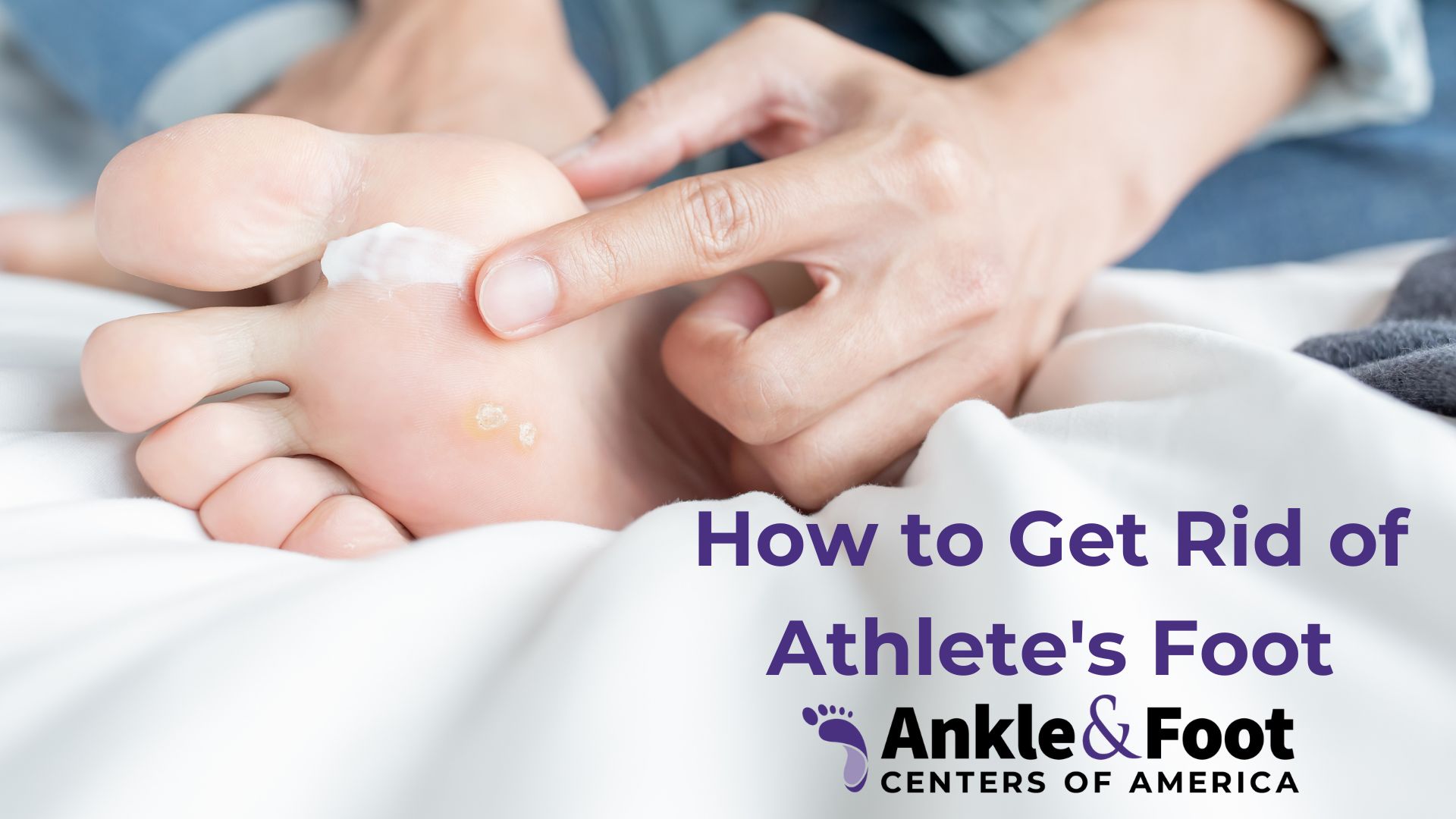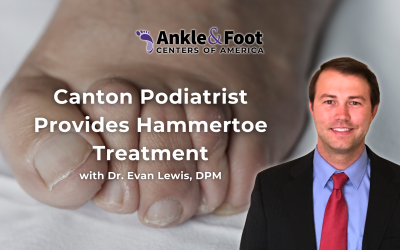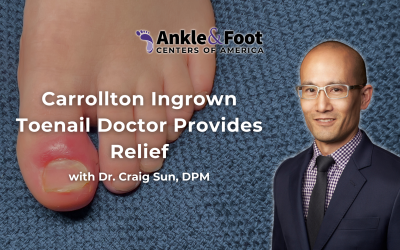Table of Contents
How to Get Rid of Athlete’s Foot Fast, Forever, and for Good
Are you tired of the constant itching, stinging, and burning between your toes or on the soles of your feet? You’re not alone. Millions of people worldwide suffer from Athlete’s Foot, a tenacious fungus that can significantly hinder your daily activities. But worry not, we’re here to help you learn how to get rid of athlete’s foot fast, and more importantly, how to get rid of athlete’s foot forever. So, say goodbye to uncomfortable shoe experiences and hello to confident, carefree strides.
What is Athlete’s Foot?
Athlete’s foot, scientifically known as tinea pedis, is an unwelcome guest that stubbornly takes up residence on your skin. While anyone can get this infection, it’s more common among athletes, hence its name. The fungus thrives in damp, sweaty environments and is highly contagious. Locker rooms, communal showers, and swimming pools are popular playgrounds for this persistent pest.
The first step in battling this condition is to recognize its symptoms. Athlete’s foot isn’t just about itching or discomfort. It can manifest as dry skin on the soles or sides of the feet, inflammation, blisters, or ulcers. If the infection spreads to your toenails, they can become discolored, thick, and even start to crumble.
This persistent pest doesn’t stop at your feet. It can travel up to the groin area, leading to jock itch, another uncomfortable condition. While the foot fungus and jock itch are different, the root cause is often the same. Treating one without addressing the other might lead to recurring cycles of discomfort.
Proper Foot Hygiene: The First Line of Defense
Now that you understand your unwelcome guest, let’s discuss the first line of defense: proper foot hygiene. It’s the foundational step in learning how to get rid of athlete’s foot for good.
One could argue that prevention is the best cure, and in the case of athlete’s foot, this certainly rings true. This fungus thrives in moisture, so the drier your feet, the less hospitable the environment for it. Wash your feet daily with soap and warm water, and most importantly, dry them thoroughly, especially between the toes. Consider using a hairdryer to ensure your feet are completely dry.
Invest in socks made of natural, breathable materials like cotton or wool, or choose synthetic socks designed to wick moisture away from your skin. Change your socks often, especially if you sweat a lot, and never wear wet shoes.
Tackling the Problem Head-On: How to Get Rid of Athlete’s Foot Fast
Understanding the critical role of hygiene in preventing athlete’s foot is one thing, but what if you’re already dealing with this pesky problem? How do you get rid of athlete’s foot fast?
When athlete’s foot strikes, it’s crucial to strike back quickly and effectively. Over-the-counter (OTC) antifungal treatments are the superheroes in this scenario, armed and ready to combat this persistent foe. Your local pharmacy shelves are loaded with these powerful allies in the form of creams, sprays, and ointments, each designed to wage war against the athlete’s foot fungus.
These OTC antifungal treatments house active ingredients such as clotrimazole, miconazole, or terbinafine, each with their unique strengths but sharing a common purpose: to eliminate the athlete’s foot fungus swiftly and thoroughly. Clotrimazole and miconazole are imidazole antifungals that work by preventing the fungus from producing a substance called ergosterol, a component of fungal cell membranes. Without it, the cell membranes weaken and leak, causing the fungus to die. On the other hand, terbinafine, an allylamine antifungal, inhibits the enzyme squalene epoxidase, disrupting fungus cell membrane growth and function.
Treatment for Foot Fungus with OTC Medications
Applying these treatments involves a routine, typically twice daily – morning and night. After washing and thoroughly drying your feet, apply the antifungal product to the affected area and the surrounding skin to catch any invisible patches of fungi lurking nearby. Consistency and adherence to the recommended application frequency are critical for optimal results.
The length of treatment will vary depending on the severity of your infection and the product you choose, but it often spans a few weeks. Now, here’s a crucial point: you may see your symptoms – the itching, burning, and scaling – disappear well before this period. This improvement doesn’t mean the fungus is entirely eradicated. It’s essential to complete the full course of treatment, just as you would with an antibiotic, to ensure you’ve thoroughly annihilated the fungus. Prematurely stopping the treatment may allow the fungus to bounce back, leading to a recurrence of the infection.
Additionally, continue applying the antifungal for a week or two even after the symptoms have completely disappeared. This proactive measure will further ensure that all the fungus has been eradicated and will reduce the risk of recurrence.
Remember, OTC antifungal treatments are powerful tools against athlete’s foot, but they’re just one part of a comprehensive foot health regimen. Pairing them with good foot hygiene practices and preventive measures will put you on the path to healthier feet and keep you a step ahead of athlete’s foot.
Don’t let foot discomfort hold you back any longer.
Take control of your foot health today.
The Apple Cider Vinegar Solution: Natural Remedies for Athlete’s Foot
In your quest to understand how to get rid of athlete’s foot fast, you may have stumbled upon apple cider vinegar as a potential remedy. Widely praised for its antifungal properties, apple cider vinegar (ACV) can serve as a natural solution for dealing with athlete’s foot.
To utilize this remedy, create a foot soak by combining one part ACV with two parts warm water. Soak your feet in this solution for about 20 minutes daily. The acetic acid in the vinegar can help kill the fungus, and the soak itself can provide some soothing relief for itching and burning symptoms. Remember, though, ACV is a complementary treatment and should be used in conjunction with OTC antifungal treatments for the best results. As always, thoroughly dry your feet after soaking.
Conquering the Shoe Conundrum: How to Get Rid of Athlete’s Foot in Shoes
Even as you address the fungus on your feet, overlooking one crucial detail could undermine your efforts: your shoes. That’s right, those stylish companions of yours could be the unwitting accomplices of this persistent fungus, harboring it and causing re-infection.
Getting rid of athlete’s foot in shoes involves sanitizing them and rotating your footwear. Use an antifungal spray or powder inside your shoes to kill any lurking fungi, and allow them to dry completely before wearing them again. Ideally, avoid wearing the same pair two days in a row, giving each pair enough time to dry out.
In the long run, consider investing in shoes made of breathable material, like leather or canvas, to help keep your feet dry and create a less favorable environment for fungus.
The Ultimate Goal: How to Get Rid of Athlete’s Foot Forever
To eradicate athlete’s foot for good, you need to consistently maintain good foot hygiene, regularly sanitize your shoes, and use antifungal treatments as required.
The aim is to create an environment where the fungus can’t thrive. This involves staying vigilant about dampness and moisture around your feet, whether from sweat or external sources. Consider using antifungal powders or sprays as preventative measures, especially if you frequent communal areas like locker rooms or swimming pools.
Importantly, you need to take care of your skin overall. Healthy, well-nourished skin is your body’s first line of defense against infections, including fungi. Regularly moisturize your feet to prevent dry, cracked skin – an easy entry point for the fungus.
When to Seek Professional Help from a Podiatrist
Battling athlete’s foot can feel like an uphill journey, and while many over-the-counter remedies and preventive strategies can effectively manage the condition, there may be times when your symptoms persist or recur despite your best efforts. In these instances, seeking help from a professional healthcare provider, specifically a board-certified podiatrist, is not only advisable but crucial.
Podiatrists are foot doctors with specialized training and expertise in diagnosing and treating foot and ankle conditions. Persistent or recurrent athlete’s foot could be an indicator of a more severe underlying issue or an unusually resilient strain of fungus that requires more potent treatment than over-the-counter medications can provide.
A podiatrist will conduct a comprehensive evaluation of your condition, taking into account your symptoms, medical history, and the specifics of your lifestyle that could be contributing to your foot health. Utilizing diagnostic tools, they can confirm the presence and strain of fungus, which can help in tailoring a more effective and targeted treatment plan.

Professional Treatment for Athlete’s Foot
Treatment options from a podiatrist extend beyond what’s available at a local pharmacy. They can prescribe higher-strength antifungal medications, both topical and oral, that have a greater chance of eliminating stubborn or recurring fungal infections. In severe cases, they may also suggest advanced treatment methods such as laser therapy or debridement of affected skin or nails.
In addition, a podiatrist can provide valuable insights and personalized advice to prevent future occurrences of athlete’s foot. This could include customized foot hygiene routines, recommendations for footwear and socks, as well as strategies for managing foot health if you have other health conditions like diabetes, which can complicate foot issues.
Moreover, it’s essential to remember that seeking professional help isn’t a sign of defeat; instead, it’s about taking proactive steps towards your health. Athlete’s foot isn’t merely a nuisance – it can lead to severe skin damage, secondary bacterial infections, or spread to other parts of the body if not adequately treated.
Therefore, don’t hesitate to seek professional advice from a foot doctor if you find yourself constantly battling athlete’s foot or if your symptoms worsen. The guidance of a foot doctor can make a significant difference in your journey to restore foot health, providing relief and strategies for long-term prevention. Take the initiative and contact a podiatrist near you – your feet will thank you for it!
Conclusion – Get Rid of Athlete’s Foot Now!
Athlete’s foot can be a tricky and persistent condition, but understanding how to get rid of athlete’s foot fast and, more importantly, how to get rid of athlete’s foot forever, can lead you to the relief you’ve been seeking. With a combination of good foot hygiene, the right treatment, and effective preventive measures, you can bid farewell to this pesky fungus and reclaim the comfort of your feet.
Remember, consistency is key in this battle. Just as the fungus stubbornly clings on, you need to persistently adhere to your prevention and treatment regimen. Stay patient, keep up with your routine, and soon, the only footprints you’ll leave are those of victory against athlete’s foot.






